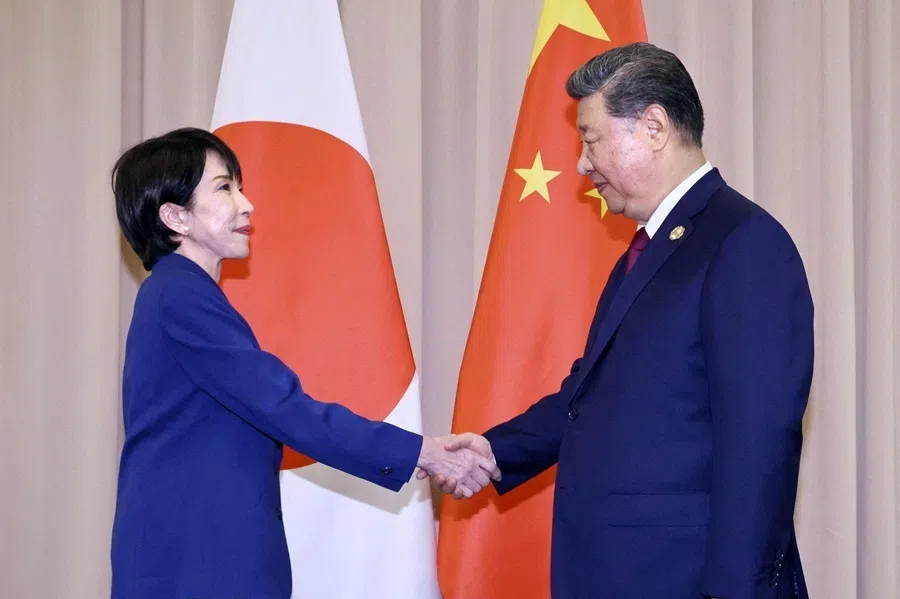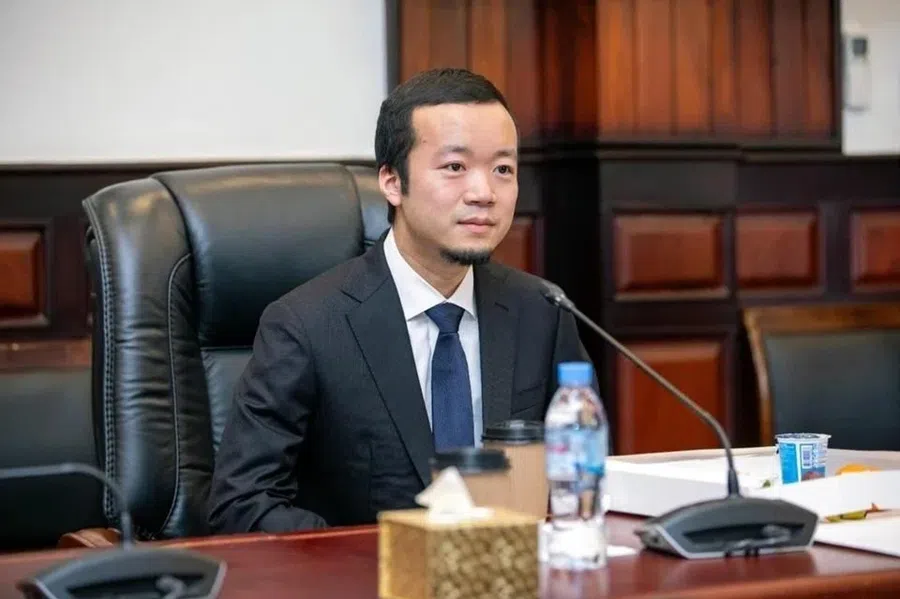ASEAN needs to watch the US-China strategic competition in the Pacific
Beijing's recent moves to establish security cooperation with Pacific island states have riled the US and Australia. Among the places that China has made moves is the Solomon Islands, where Chinese Foreign Minister Wang Yi and US security advisor Kurt Campbell have each visited within the past three months. ASEAN needs to closely watch the ongoing great power competition there to draw lessons for its own security.
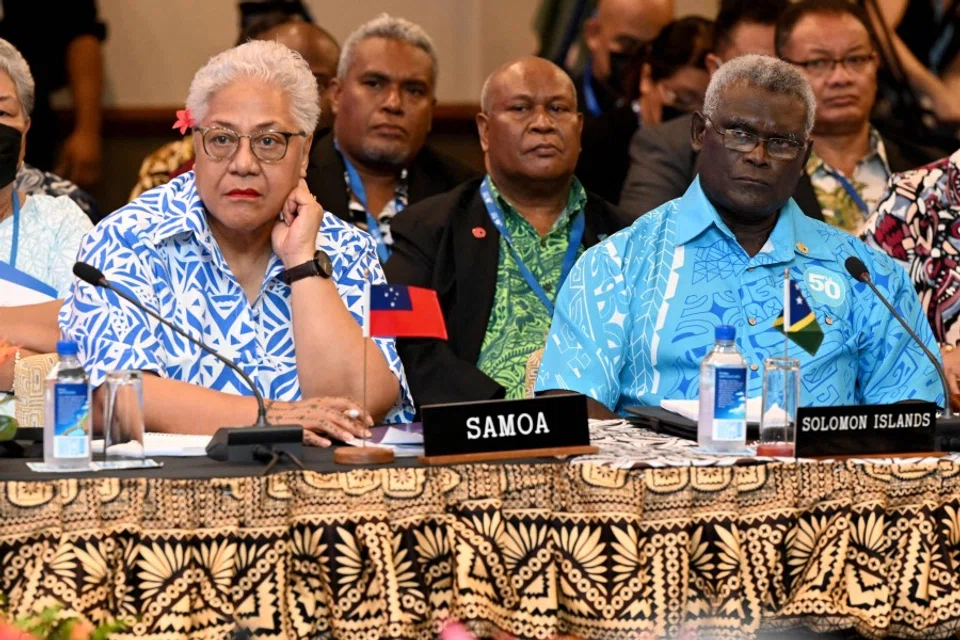
The Pacific islands have recently gained attention in the media. Places such as the Solomon Islands, Kiribati, Palau and the Federated States of Micronesia, rarely mentioned in Southeast Asia except in relation to rising sea levels or touristic exotica, have emerged as an arena of fierce geopolitical competition between China and the US and its allies.
Warning against Chinese military presence
China has been cultivating the South Pacific nation-states with aid and investments including in infrastructure for years. Ten of the 16 members of the Pacific Islands Forum (PIF) are part of China's Belt and Road Initiative. However, traditionally, the US and its allies Australia and New Zealand, both members of the PIF, have been the dominant influence in the Pacific.
What has set off alarm bells in Washington and Canberra is China's unprecedented attempt to establish a security foothold in the Pacific islands. In late March 2022, Beijing signed an agreement for security cooperation with the Solomon Islands. On 22 April, Kurt Campbell, the Asian security czar in the US National Security Council and Coordinator of Washington's Indo-Pacific strategy, headed a US delegation to the Solomon Islands to meet Prime Minister Manasseh Sogavare.
Although no details of the discussions were released, Campbell would most likely have warned Sogavare that any Chinese military presence in the Solomon Islands would be totally unacceptable to the US. He emphasised that Washington would henceforth pay close attention to the island state and re-establish a US embassy in its capital Honiara.
Sogavare has given assurances that there will be no military facility, but concerns remain in Australia and the US about China's potential role in the Solomon Islands' internal security and possible incremental growth in Chinese military presence.
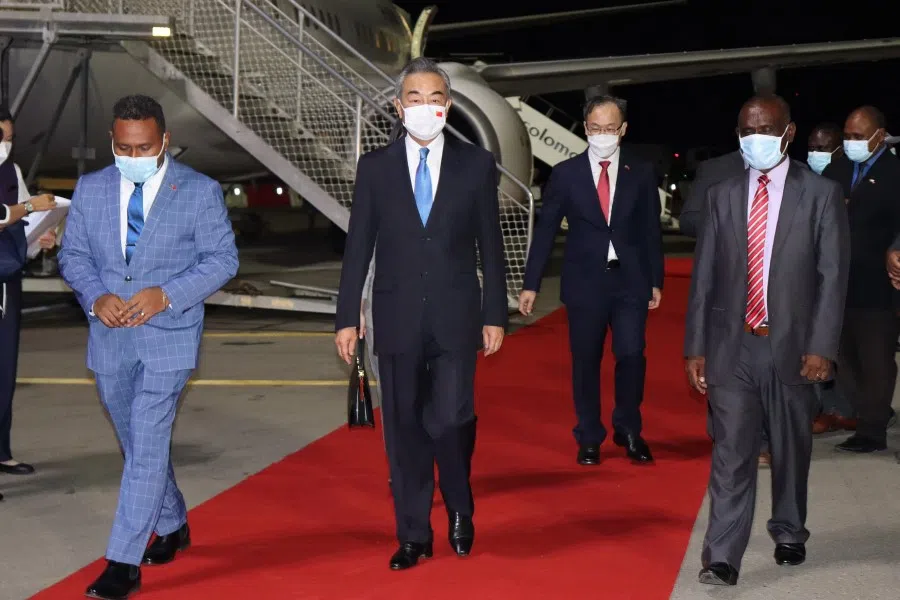
China upped the ante in late May 2022, when its Foreign Minister Wang Yi tried, albeit unsuccessfully, to forge a multilateral security agreement with ten PIF members that recognise China as the rightful "China" instead of Taiwan. If Beijing had succeeded in its endeavour, it would have driven a wedge in the regional organisation.
China plays a long game and these actions would have come in any case at an opportune time in the future.
Reviving US's commitment to the islands
On 12 July, US Vice-President Kamala Harris, in her virtual address to the PIF leaders' meeting in Fiji, announced a slew of new American commitments, including setting up new US embassies in Kiribati and Tonga, nearly tripling US contributions to the Pacific Forum Fisheries Agency (to the tune of US$600 million over the next decade), appointing for the first time a US envoy to the PIF, and the return of US Peace Corps volunteers, initially to Fiji, Tonga, Samoa and Vanuatu.
The US will also prepare and publish its first-ever National Strategy on the Pacific Islands that will prioritise the Pacific islands in American foreign policy with a whole-of-government approach. This would probably mean more demonstrable efforts to deal with rising sea levels caused by climate change, a top concern for the Pacific islands, followed by economic development and fisheries protection.
Furthermore, the US will involve its allies and partners in a new coordination mechanism called Partners in the Blue Pacific, initially comprising the US, Australia, Japan, New Zealand and the UK, to support the Pacific islands and bolster Pacific regionalism.
Pacific islands sit astride some of the sea lanes between the US mainland and East Asia and Australia and would be of strategic importance in the event of a war between the US and China in East Asia, say over Taiwan.
Countering US's moves
What accounts for China's bold steps in the Pacific? China plays a long game and these actions would have come in any case at an opportune time in the future. Their present timing may have been influenced by a sense of being thwarted by US moves on the Indo-Pacific chessboard, such as the institutionalisation of the Quad, the formation of AUKUS, the involvement of European countries in the Asian security nexus, the re-arming of Japan, and Washington's stronger ties with Taiwan.
What better countermove than an outflanking one aimed at the soft underbelly of the US's Indo-Pacific strategy?
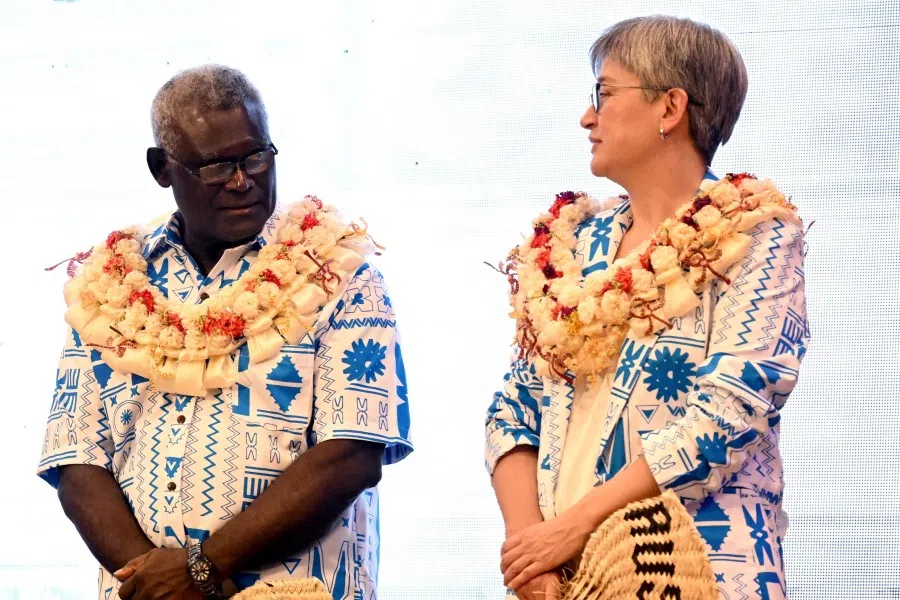
Pacific islands sit astride some of the sea lanes between the US mainland and East Asia and Australia and would be of strategic importance in the event of a war between the US and China in East Asia, say over Taiwan. In such an eventuality, Chinese military bases in the Solomon Islands or Kiribati would adversely affect the security environment of Australia and potentially the US, which explains why Washington and Canberra have reacted forcefully to the Chinese moves.
There are also historical and emotional factors at play. The year 2022 marks the 80th anniversary of the battles of the Coral Sea and Guadalcanal in the Solomon Islands between the US and Japanese forces, which halted the Japanese military's advance in the South Pacific and pre-empted Japanese landings on New Guinea, possibly a stepping-stone to an invasion of Australia.
It is also the 80th anniversary of the Battle of Midway, which ended Japan's military advances in the central Pacific towards Hawaii. These locations, alongside others such as Tarawa in present-day Kiribati and Saipan in the Marianas, may evoke American memories of the many servicemen who died in blood-soaked battles during the Pacific War.
Can they [Pacific island nations] maintain their unity and successfully exercise their agency?
China's moves in the Pacific will further poison China-US relations. Students of strategy and the use of power will understand the significance of this contest in the Pacific for the security of East and Southeast Asia, which depends much on a power balance. This in turn hinges on a robust US military presence that is forward deployed in the Western Pacific.
ASEAN needs to watch closely how the tussle between the two great powers will play out at the PIF. It should also monitor how the Pacific islands react collectively and individually to intensifying great power competition. Can they maintain their unity and successfully exercise their agency?
This article was first published by ISEAS - Yusof Ishak Institute as a Fulcrum commentary.
Related: Solomon Islands: Will China pick up the gun to defend its interests in the developing world? | China-Solomon Islands security pact: Alarm bells ringing for Australia and New Zealand? | China gearing up for intense competition in the Pacific | The South Pacific Ocean: Another battleground for China-US competition? | Will China-Solomon Islands security cooperation bring new tensions to the South Pacific? | Power struggles and Chinese influence in the Pacific island region



